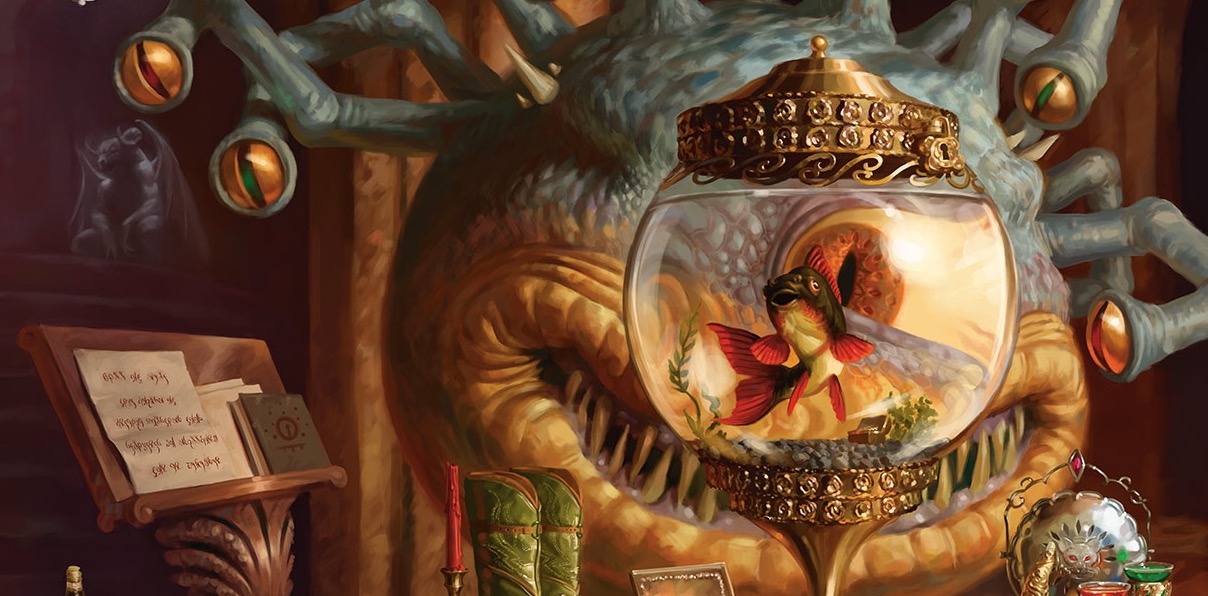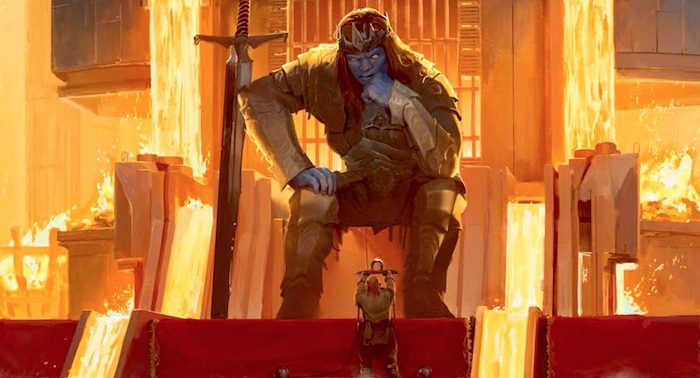D&D: Xanathar’s Guide to Tool Proficiencies


Xanathar’s Guide has a hidden sleeper hit among its pages–surprisingly useful and detailed: tool proficiencies.
That’s right, Xanathar’s Guide to Everything has the gaming equivalent of David Lynch’s cinematic masterpiece, Dune. And like Paul Atreides, the sleeper must awaken. So we’re here to plant thumpers in the sandy terrain of Xanathar’s Guide and see if we can conjure Shai Hulud from the depths. Make sure your hooks are ready, and your stillsuit fitted desert fashioned, because we’re going to strain this metaphor well past its breaking point.
Which, arguably we’ve done in the first sentence.
Underrated masterpieces aside though, Xanathar’s Guide’s section on Tool Proficiencies, which you can find starting on the second page of the fittingly named Dungeon Master’s Tools section of the book, adds a lot to the game. Now sure, it might not be as glamorous as the new player archetypes, or as full of new ways to slay monsters and influence people as the spells are, but it’s got the only thing that matters. It’s got heart.
It certainly wasn’t your skills.
Or rather, it can help you add heart to your game. Or a little immersion. Or some diverting minigame type fun–there’s a lot you can do with these rules, and it’s because they add character to those small moments in the game. They give you a framework for having smaller scenes where nothing happens in the game, except your character doing the things they’re good at–and that’s where character thrives.
I sewed this net myself!
The devil might be in the details, but so are the sides of characters we don’t often get to see. That’s not to say that you don’t get to know a character through combat, or through intrigue-laden negotiations–but it’s moments where your character is cooking up dinner, or making that map they’ve been working on, or swindling unsuspecting townsfolk that they truly get to be. Those everyday moments add context to the characters that we don’t otherwise get in adventures.
And the tool proficiency especially add just enough guidelines and context for adding everyday moments into the game. Each tool kit gets a little further detail, including ways to showcase the tools/kits being used either in conjunction with a skill or just on its own. And in showing how these tools let you interact with the world, they provide plenty of opportunities that might otherwise go unnoticed.
These are markers to help get your creative juices flowing–reframing the game in ways you might not have thought. It all comes down to specificity. Let me show you what I mean.
Cobbler’s Tools
Here’s your shoelace eyelet, sire…
We begin with a tool proficiency that’s really the sole of every character. Cobbler’s tools. Every entry follows a similar layout–you get the components of the kit, skills it might compliment, and some sample DCs. Nothing fancy.
With Cobbler’s Tools, you have:
Components: Cobbler’s tools consist of a hammer, an awl, a knife, a shoe stand, a cutter, spare leather, and thread.
Arcana, History You can use this proficiency to aid in identifying the history or properties of magical boots.
Investigation You can learn a lot from someone’s shoes–analyzing things like wear, and accumulated dirt can tell you where someone has been, and your skill at repairing them might help identify what caused damage to a pair of shoes.
Maintain Shoes Also, you can use these tools to fix/maintain your party’s shoes, which has the in-game benefit of letting people travel up to 10 hours per day without having to check for exhaustion.
Craft Hidden Compartment Or alternatively you can hide a secret compartment on a pair of shoes with an Intelligence check.
And now for contrast let’s take a look at another.
Gaming Set
Whether dice or cards or the like, this is all abut games of chance.
Components All the pieces you need to play a specific game, like Three Dragon Ante.
History You know the history of a game, as well as any important events or people it’s been connected to.
Insight You can get a better understanding of someone by playing a game with them. Learn what their moods are, what they’re like when they’re bluffing, etc.
Sleight of Hand Cheat at the game you’re playing, or alternatively, use your fancy fingers to distract someone so you can pick their pockets.
In both of these cases, I love the specificity on display. It’s not that I necessarily want to go around crafting a hidden compartment into every character’s boots (I do, but this is beside the point), but rather that that example gets me thinking about what else I might do. And players can use these prompts to figure out more about what their characters do, and who they are.
A character who always cheats at cards, but who does so because their philosophy is “If you really wanna know someone, cheat them at cards,” is miles away from the character who’s always fidgeting with their lucky die. Or the cobbler who hides a secret compartment on anything, but is otherwise fastidious, gets a little extra depth.
And it’s in celebration of these quieter, little moments that these particular rules shine–and it’s why Tool Proficiencies are the sleeper hit of Xanathar’s Guide.
Just don’t let your character enchant your boot pocket with a bag of holding type thing–inevitably, someone will forget and toss those magic boots into the bag of holding.










